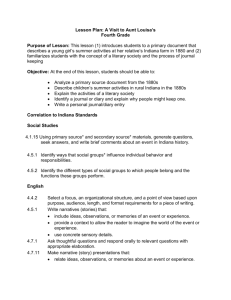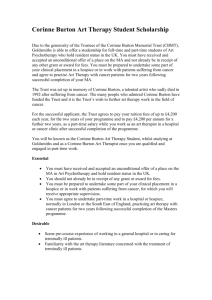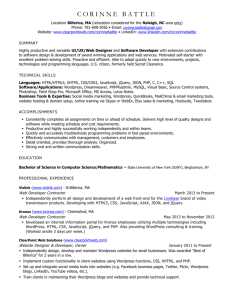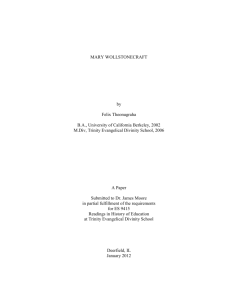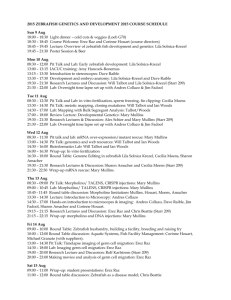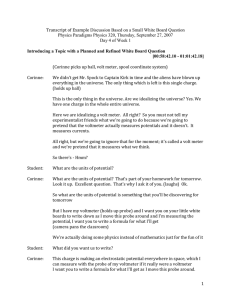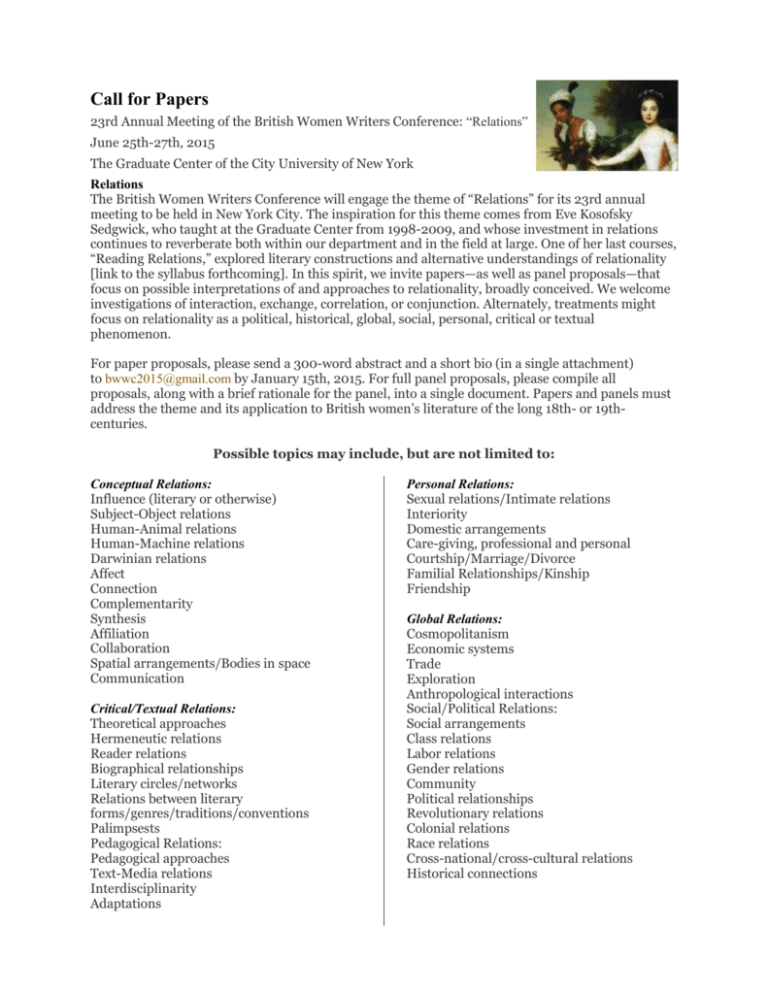
Call for Papers
23rd Annual Meeting of the British Women Writers Conference: “Relations”
June 25th-27th, 2015
The Graduate Center of the City University of New York
Relations
The British Women Writers Conference will engage the theme of “Relations” for its 23rd annual
meeting to be held in New York City. The inspiration for this theme comes from Eve Kosofsky
Sedgwick, who taught at the Graduate Center from 1998-2009, and whose investment in relations
continues to reverberate both within our department and in the field at large. One of her last courses,
“Reading Relations,” explored literary constructions and alternative understandings of relationality
[link to the syllabus forthcoming]. In this spirit, we invite papers—as well as panel proposals—that
focus on possible interpretations of and approaches to relationality, broadly conceived. We welcome
investigations of interaction, exchange, correlation, or conjunction. Alternately, treatments might
focus on relationality as a political, historical, global, social, personal, critical or textual
phenomenon.
For paper proposals, please send a 300-word abstract and a short bio (in a single attachment)
to bwwc2015@gmail.com by January 15th, 2015. For full panel proposals, please compile all
proposals, along with a brief rationale for the panel, into a single document. Papers and panels must
address the theme and its application to British women’s literature of the long 18th- or 19thcenturies.
Possible topics may include, but are not limited to:
Conceptual Relations:
Influence (literary or otherwise)
Subject-Object relations
Human-Animal relations
Human-Machine relations
Darwinian relations
Affect
Connection
Complementarity
Synthesis
Affiliation
Collaboration
Spatial arrangements/Bodies in space
Communication
Critical/Textual Relations:
Theoretical approaches
Hermeneutic relations
Reader relations
Biographical relationships
Literary circles/networks
Relations between literary
forms/genres/traditions/conventions
Palimpsests
Pedagogical Relations:
Pedagogical approaches
Text-Media relations
Interdisciplinarity
Adaptations
Personal Relations:
Sexual relations/Intimate relations
Interiority
Domestic arrangements
Care-giving, professional and personal
Courtship/Marriage/Divorce
Familial Relationships/Kinship
Friendship
Global Relations:
Cosmopolitanism
Economic systems
Trade
Exploration
Anthropological interactions
Social/Political Relations:
Social arrangements
Class relations
Labor relations
Gender relations
Community
Political relationships
Revolutionary relations
Colonial relations
Race relations
Cross-national/cross-cultural relations
Historical connections
Abstract: Corinne, Fanny & Mary: Objects of Pity Or…?
Madame de Stael established herself as a major writer in the 19th century after the
publication of Corinne, or Italy (1807), her most critically-acclaimed novel. For literary figures
like Emily Dickinson, George Eliot and Jane Austen, de Stael was an influential female
powerhouse; for others, like Mary Wollstonecraft, although equally influenced, raucously
disagreed with the opinion of Corinne as an “inspirational” figure. Many critics focus on
Wollstonecraft’s 1792 novel, A Vindication of the Rights of Woman, in discussion of de Stael and
her Corinne as “objects of pity.”
I would like to expand off of this comparison, not as binary, but as justification for de
Stael’s conceptualization of Corinne, and Jane Austen’s creation of Fanny Price and Mary
Crawford in Mansfield Park (1814). I will primarily use Corinne, or Italy and Mansfield Park,
as well as “Chapter V: Animadversions on Some of the Writers Who Have Rendered Women
Objects of Pity, Bordering on Contempt” of Wollstonecraft’s to argue that de Stael and Austen
used the “object” in both a figurative and literal sense to suggest their own definition of their
primary “subject,” the literary female. While the two authors have never been seen as
compatriots, I believe their novels work in tandem to mutually counter and represent
Wollstonecraft’s feministic viewpoints, and the way the female thrives in a domesticated,
patriarchal society.
In the discovery of the subject and object relationship, the literal objects Corinne and
Fanny are attached to (art, books, letters, jewelry) as well as the objects they are seen to represent
(Corinne and the mechanical doll, Fanny as an object to be acquired) are deliberately placed to
answer Wollstonecraft’s question of the “passive indolent wom[a]n” and how they “perform
their part” (34).

